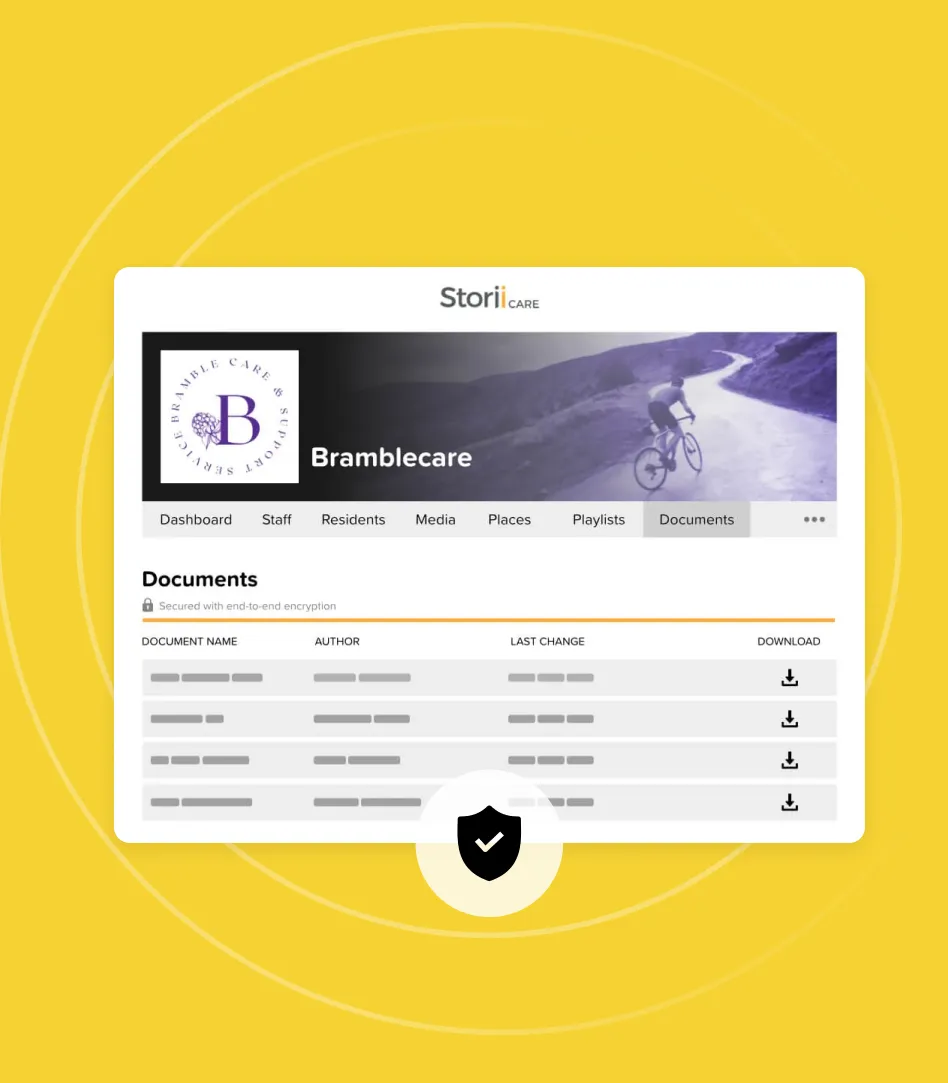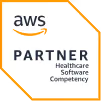New Software Adoption
Many care providers are going through digital transformations. Giant binders full of papers and Excel spreadsheets are increasingly being seen as inefficient and outdated as apps and SaaS systems make recording faster, reporting easier and accessibility more powerful.
Providers tend to begin the process of adopting new software by embarking on the journey of vendor demos. Here is a common mistake that gets made in this process: focusing too heavily on feature functionality and not enough on implementation challenges.
Unless you're developing something in-house, no software is designed to fit your business perfectly. On the contrary, these systems are built to accommodate the needs to as many different care organizations as possible. Therefore, it's highly likely that you will need to adjust your existing workflows to fit the system you choose.
So, how can you ensure that you pick the best care management software for your business and implement it successfully? Here are some tips:
Document your needs and match them with what the vendor offers
The point of new software is to solidify, enhance or simplify workflows. Therefore, it is crucial that before speaking with vendors, you engage every individual, group or department that will be using this tool. Ask them where their pain points are. What would make those better? What do they need from a new system? What level of support will they require from a vendor during and after implementation? How would a new system and the timing of implementation impact them?
Once you've gathered feedback and questions from all key stakeholders, create a needs document that you can share and reference with vendors. When speaking with potential vendors, your goal should be to determine the following:
- Can our current processes and workflows be adapted to their platform?
- Will this new system and way of doing things get us closer to our operational goals and/or improve our organization?
Do your research
This is a bit of an obvious one. However, you'd be surprised how many people undermine its importance or skip it when time constraints are present. Conducting due diligence before signing a contract can save so much time and pain in the long run. Once you've narrowed down your vendors to some final contenders, ask them for references. Learning from their clients' experiences can help you avoid potential pitfalls and identify pain points you hadn't considered. It's a good idea to ask some of these questions:
- Why did you choose this system?
- How satisfied are you with your investment?
- What are some of the pros and cons of this system for your business?
- How helpful and timely has customer service been when you've had an issue?
- What would you have done differently if you had to do it over again?
- Has there ever been any unexpected charges or changes to your contract?
- Are you being compensated in any way for acting as a reference?
Additionally, seek out testimonials from verified, third-party reviewers (i.e. don't just read the testimonials you find on the vendor's website or social media) like Capterra or Software Advice.
Keep your project team small
Avoid a 'too many cooks in the kitchen' scenario. When you get too many people from different teams together with their own agendas, it can be more harmful than helpful. Your software implementation team should consist of:
- An IT manager: They understand integrations and configurations. Additionally, they've likely been working closely with the vendor and have a good handle on that relationship.
- A operational/training lead: This person is responsible for building out the design of the system within your organization's structure and likely leads the team that will use the system regularly.
- A small group of end users (i.e. employees, service users) who will test and provide feedback
In our experience, most clients are quite successful when the training lead establishes system 'champions'. These are rather tech-savvy care staff who act as point-people. They keep everyone informed and updated on changes and help staff who are struggling to adapt to the new system.
Roll out implementation in phases
You can have the most straight-forward, user-friendly system on your hands but that doesn't mean implementing it will automatically lead to company-wide adoption. It is imperative that you create a strategic plan of action for how to win over your staff, creating sustainable engagement and adoption. 'All-systems go' can backfire for a myriad of reasons. We always encourage our clients to pick a few workflows (i.e. care plans and tasks or activity calendar and progress notes) that you start with. Get your team comfortable with these. Let them get a taste for how much time they're saving and how intuitive it is. Then have a plan for how and when to roll out more features until all desired functionality is in place.
Develop an effective communication strategy
A new system implementation is a big deal. Each department or group is likely to have their own unique objectives that the new software will help them reach. This justifies tailored communication. As you inform teams about what is ahead, consider adopting some level of group-specific personalization where you hone in on their goals. Here's some other ways you can generate user adoption and successful implementation:
- Be upfront with staff, explaining the reason for change and why you've gone with your chosen vendor. Ensure that everyone recognizes the problems that exist and are aware of why change was needed.
- Create excitement and desire by incentivizing and clearly communicating the benefits to care staff.
- Set specific goals that create accountability and unity amongst your staff (i.e. reduce time spent on paperwork by 1 hour per person, each day). This provides tangible evidence of how the software is helping.
- Employ a variety of training initiatives (online sessions, self-training product tours, a 'Lunch & Learn' style workshop, peer-to-peer, etc.) to see which style resonates most with specific teams. What you learn from this will help you beyond implementation. It can inform how to sustain successful adoption from future new hires as well!
New system implementation is never easy, but following the steps outlined above can help ease the transition.


.avif)

.png)
.png)
.png)










